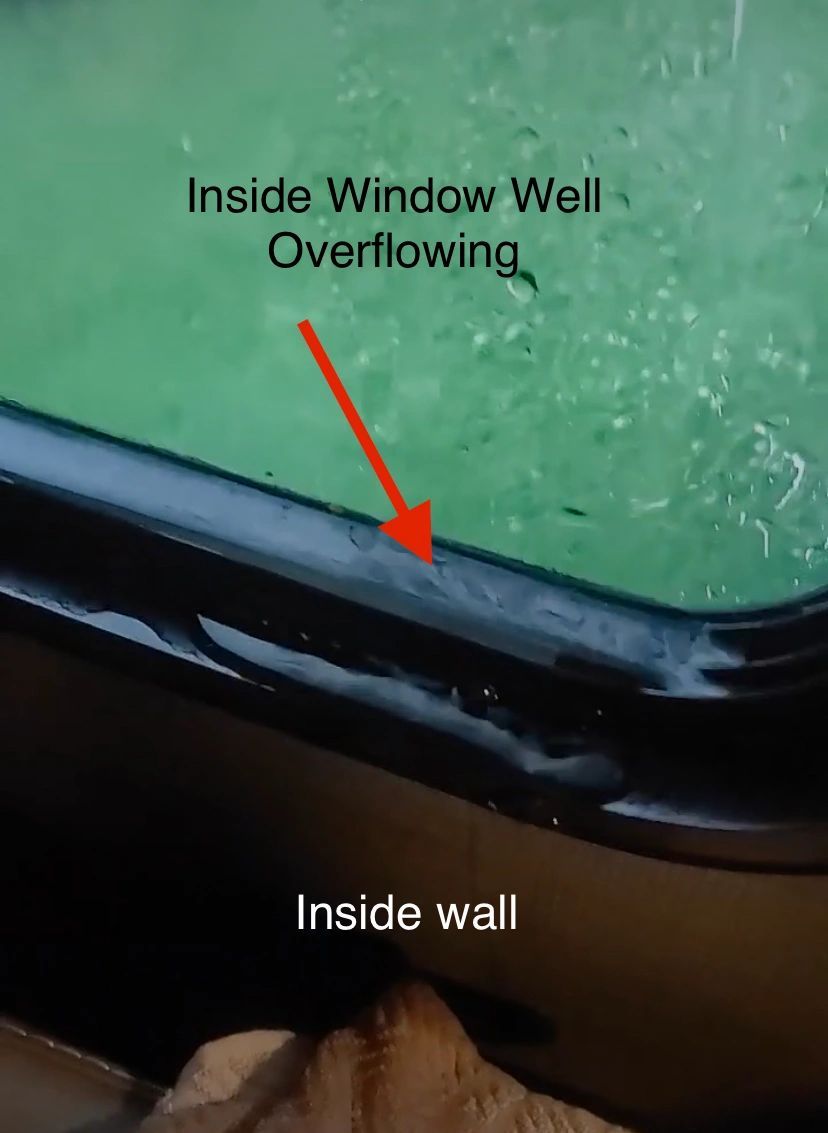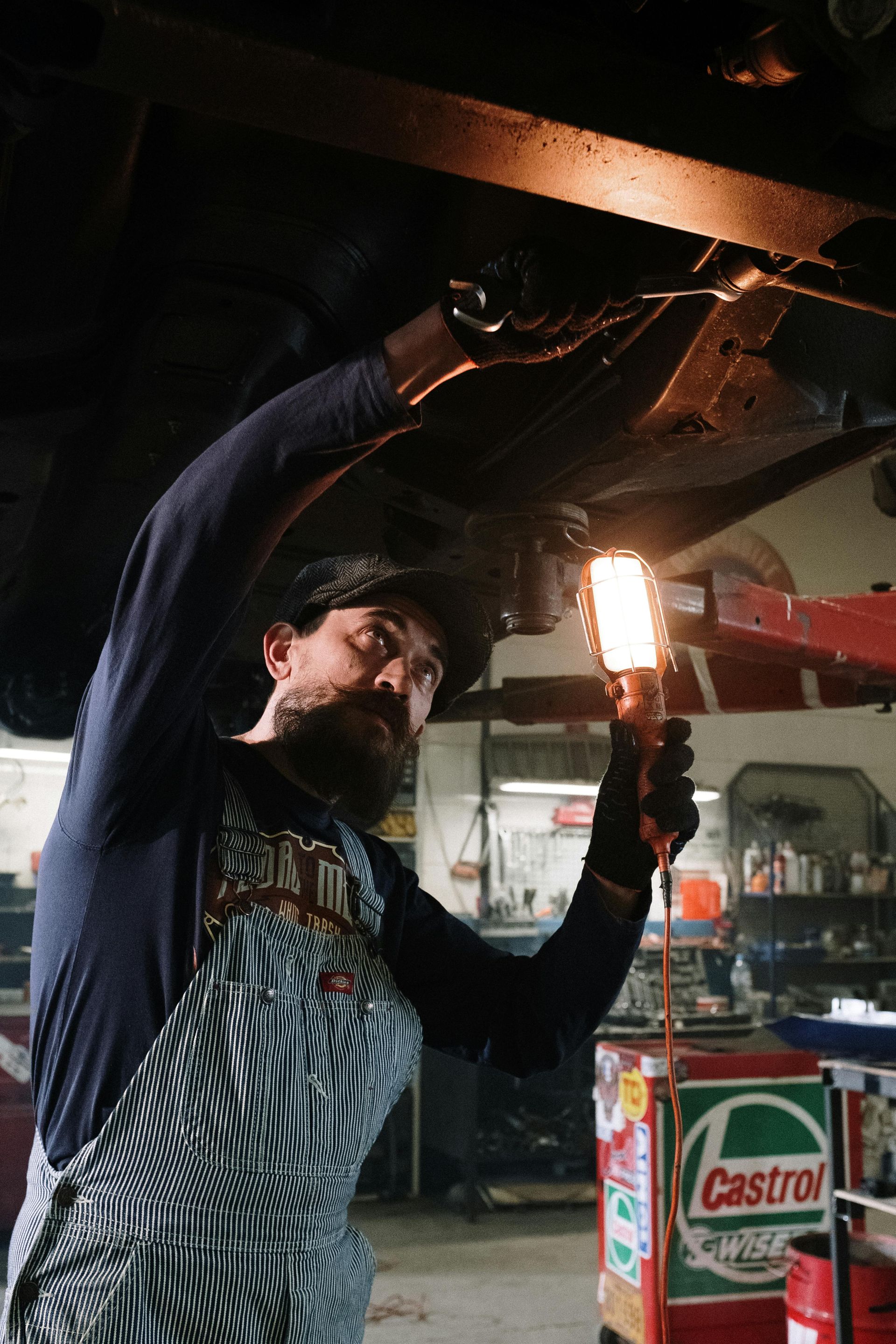HOW TO ASSESS RV WINDOWS FOR LEAKS
What’s a leak?
In general, a leak is:
(A) Water infiltration between the stationary glass and the window frame.
(B) Water running down the inside of a ventilating pane
(C) Any condition where water accumulates in the windowsill overflows and runs down the inside wall.
The following are not automatically leaks:
(A) Presence of water in the windowsill. Ventilating windows will often admit some water; this is particularly true when subject to direct high high-pressure lows. They are designed to manage the water that comes in during average storm events and normal vehicle washes. They cannot withstand submersion, nor extraordinary flow velocities and volumes. All ventilating sliding windows and many awning-type windows are provided with "weep slots" or "drain slots." These allow any water coming in, whether through bypassing the opening pane, or from condensation, to drain out, rather than be trapped inside the vehicle.
(B) Water running down the inside wall. If water appears between the window frame and the clamp ring, there is an installation leak or the water is coming through the wall. Installation leaks occur when the window flange has not been properly bedded; when the frame bedding has become brittle or has been breached, such as by racking off the unit wall; improper hole cutouts, causing insufficient coverage by the mounting flange; and walls curved, preventing a continuous seal under the window flange; Water leaks through the wall may originate in several areas, often remote from the window. Examples are: improperly sealed clearance lights and seams in sidewall skins.
(C) Glass glazing vinyl gaps; in most cases, the glazing vinyl is cosmetic only and does not seal. Look for gaps in the bedding under the glass. If present, they should be lightly caulked, allowed to set up, and the vinyl replaced.
What can I do?
Window replacement is not always the best option when leaks appear. In many cases, removal and replacement will cause new aesthetic problems, which the vehicle owner may not be satisfied with.
Things to check for:
(A) Is the window properly closed? Sliding window latches usually include an interlock so that the sliding pane and the mullion fit together tightly. If either is bowed away from the other, the parts may by-pass, precluding a tight seal. Pushing outward when sliding the window closed can check this. If the vent stops earlier than it had previously, the seal has probably been restored. Often, the bowed part can be gently bent back into the proper position. Torque or awning windows may not seal for a variety of reasons: If the operator knob is stripped or cracked, the panes will not close fully. The vent seals are subject to deterioration over time. Replacing them, if indicated, will improve vent closure. Most vents have an adjustment feature. If the vent has “triangular” pivot brackets, be sure that the bottom adjustment hole is used. This will tighten the vent closure.
(B) Can the water evacuate? Most sliding windows have a sloped sill (which will channel any water present outbound) and weep or drain holes (to permit the water to flow out.) These holes are usually baffled or otherwise disguised on the inside to minimize wind noise or “blow-back” in strong winds. Often, dirt or manufacturing debris will accumulate over time, blocking the drain, so that water cannot escape. To fix this condition: from outside the window, unsnap the weep hole covers, if present, but keep them handy for reuse. Use a stiff wire to probe into the weep hole, and scrape out anything blocking the sill. When you are sure that the area is clear, reinstall any weep slot covers.
(C) Where is the water entering?
A process of elimination can be used to isolate the leak. Using duct tape, cover all suspected points of entry for water. If the leak persists, the water is entering elsewhere. If the leak stops, isolate the leak by removing one piece of tape at a time until the leak reappears. Depending on the leak source, various strategies can be employed, such as caulking, re-bedding, vinyl replacement, etc.
(D) Is the window installed correctly? Radius windows are usually installed with an inside clamp ring. This part is screwed together with the window frame, clamping the wall between them. The clamp rings vary, depending on the wall thickness specified by the manufacturer of the vehicle. This wall thickness must accommodate the actual wall materials, plus whatever sealant is used under the outside window flange. If the clamp ring used is too thick, the window will not clamp tightly to the wall. When this happens, the flange seal can be easily breached and a leak occurs. If the window flange is not snug to the sealant around the outside, and the clamp ring not snug to the inner wall, you should order a replacement clamp ring. In general, a clamp ring is better if slightly too thin for the wall, rather than too thick.
(E) Air leaks and wind noise: Unless the window also leaks water, wind noise should not be assumed to be a true leak. Excessive interior noise may be a function of vehicular design. A contributing factor can be the shape and placement of outside accessories such as mirrors. Replacement of the window will not affect wind noise when this case applies.
RV ProSeal
Knowing what to look for is only part of the battle. RV windows are a part of our RV leak inspection testing. We repair and replace the glass glazing vinyl also. Learn more about what we do.
Make sure its done by a processional. Check out why DIY Caulking can be a nightmare when it rains.
You might also like






